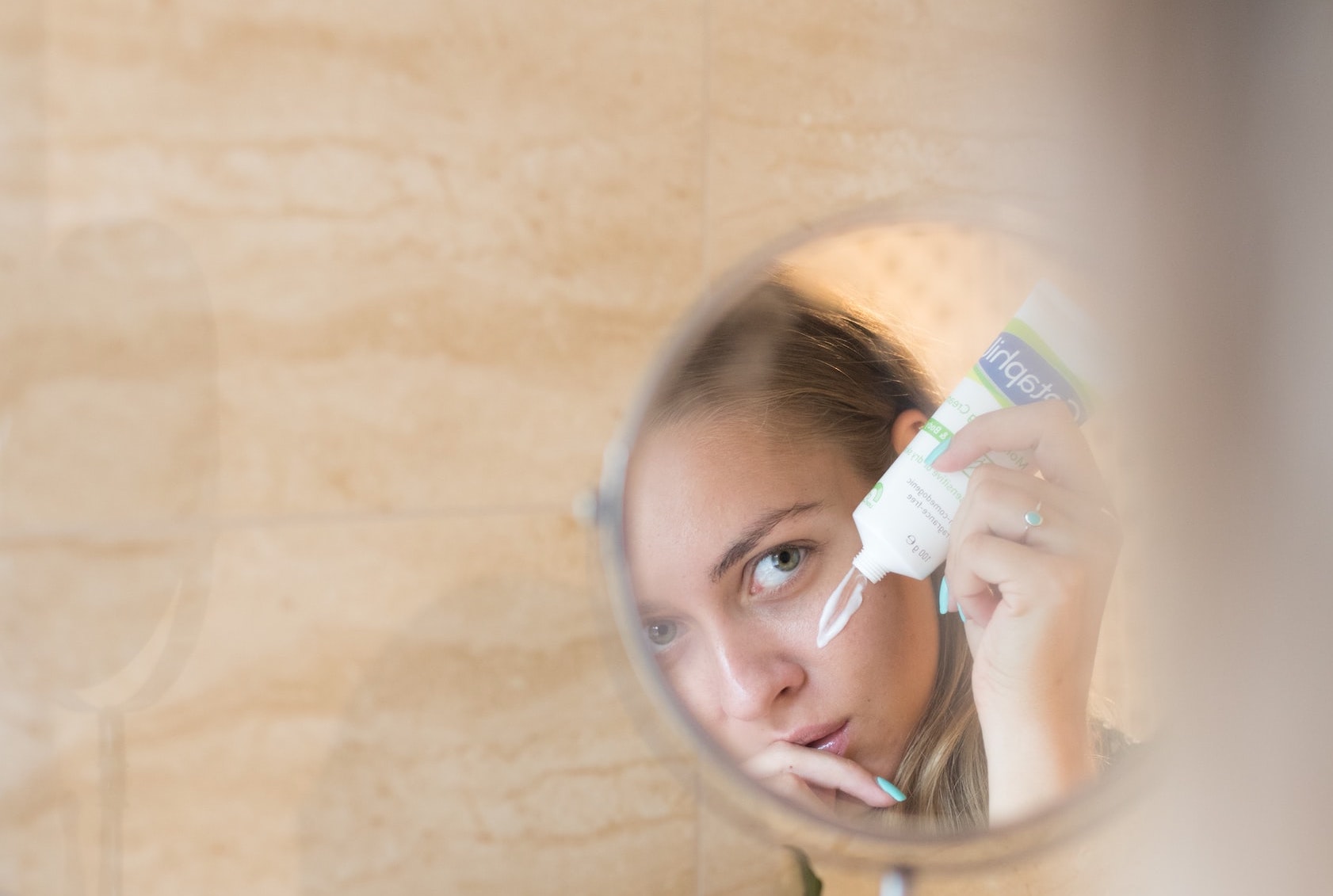Background
Talc (CAS No. 14807-96-6) is a powdered native, hydrous magnesium silicate sometimes containing a small portion of aluminum silicate. It s a naturally occurring mineral frequently found in cosmetics such as body powders and blushes. While many people come into contact with talc through products like baby powder and makeup, the greatest exposure typically happens during the mining, processing, or manufacturing stages of talc. This ingredient is currently regulated under entry 59 of Annex III of the European Cosmetics Regulation 1223/2009 (List of substances which cosmetic products must not contain except subject to the restrictions laid down).
The International Agency for Research on Cancer (IARC), a division of the World Health Organization, is dedicated to coordinating and conducting research on the causes of human cancer, the mechanisms of carcinogenesis, and developing scientific strategies for cancer control.
What’s new?
IARC has recently reclassified talc as “probably carcinogenic to humans” (Group 2A) for all forms that do not contain asbestos or asbestiform fibers. Talc that contains asbestos was not re-evaluated and continues to be classified as carcinogenic (Group 1).
Numerous studies have shown an increased risk of ovarian cancer among individuals who use body powder in the perineal area. However, IARC’s working group concluded that a causal association could not be fully established because the increase could potentially be explained by contamination of the talc with asbestos (which has been documented) or by biases arising from the studies’ methodology.
Consequently, IARC has elevated talc’s classification from “possibly carcinogenic to humans” to “probably carcinogenic to humans” (Group 2B to Group 2A). This new classification is based on limited evidence in humans, sufficient evidence in animal studies, and strong mechanistic data in human primary cells and experimental systems.
This change could have significant implications for the chemical industry, particularly under California’s Proposition 65 (Prop 65), which requires businesses to warn consumers about significant exposures to chemicals known to cause cancer, birth defects, or other reproductive harm.






